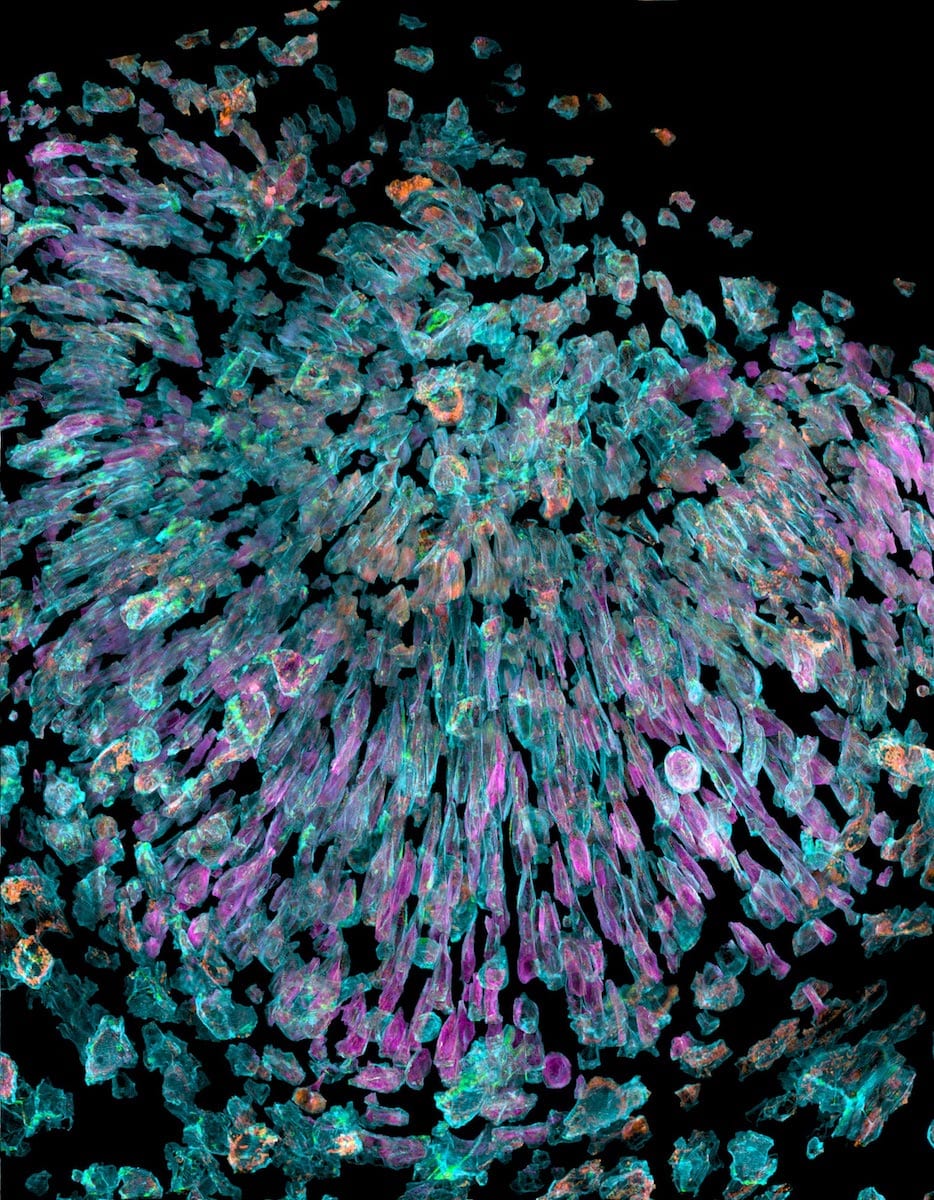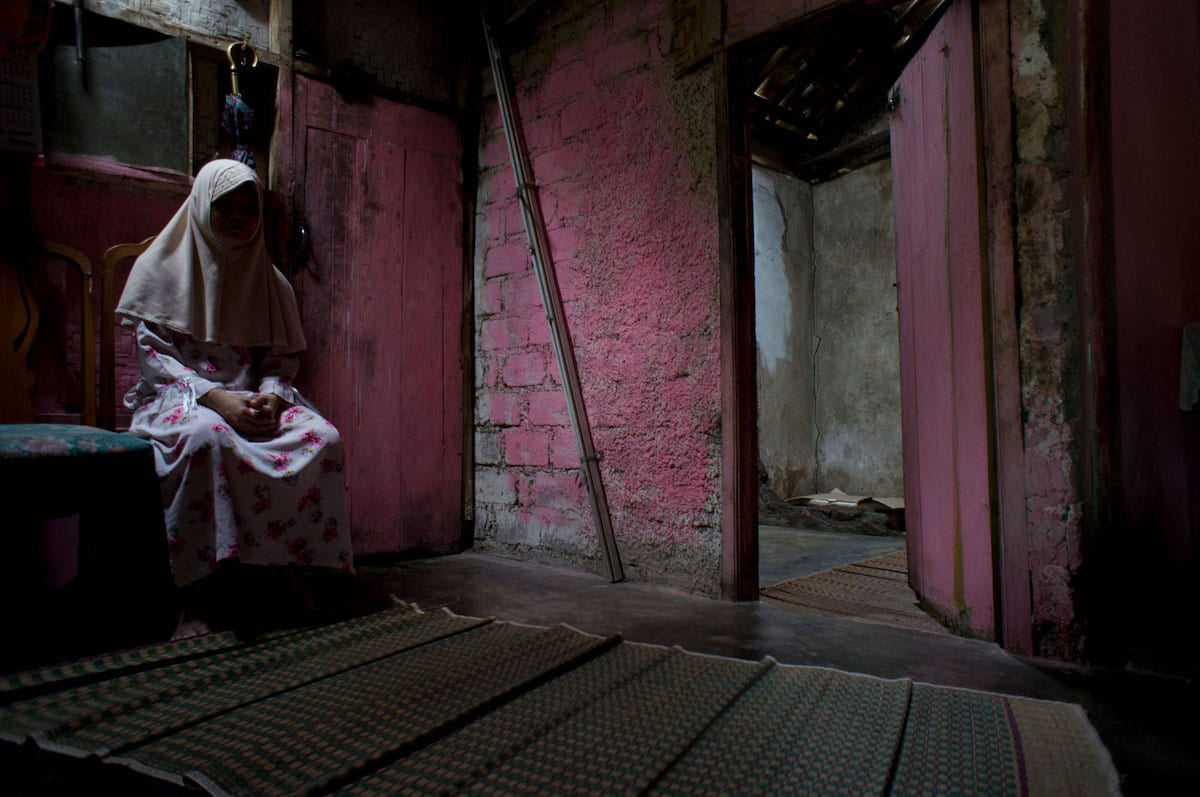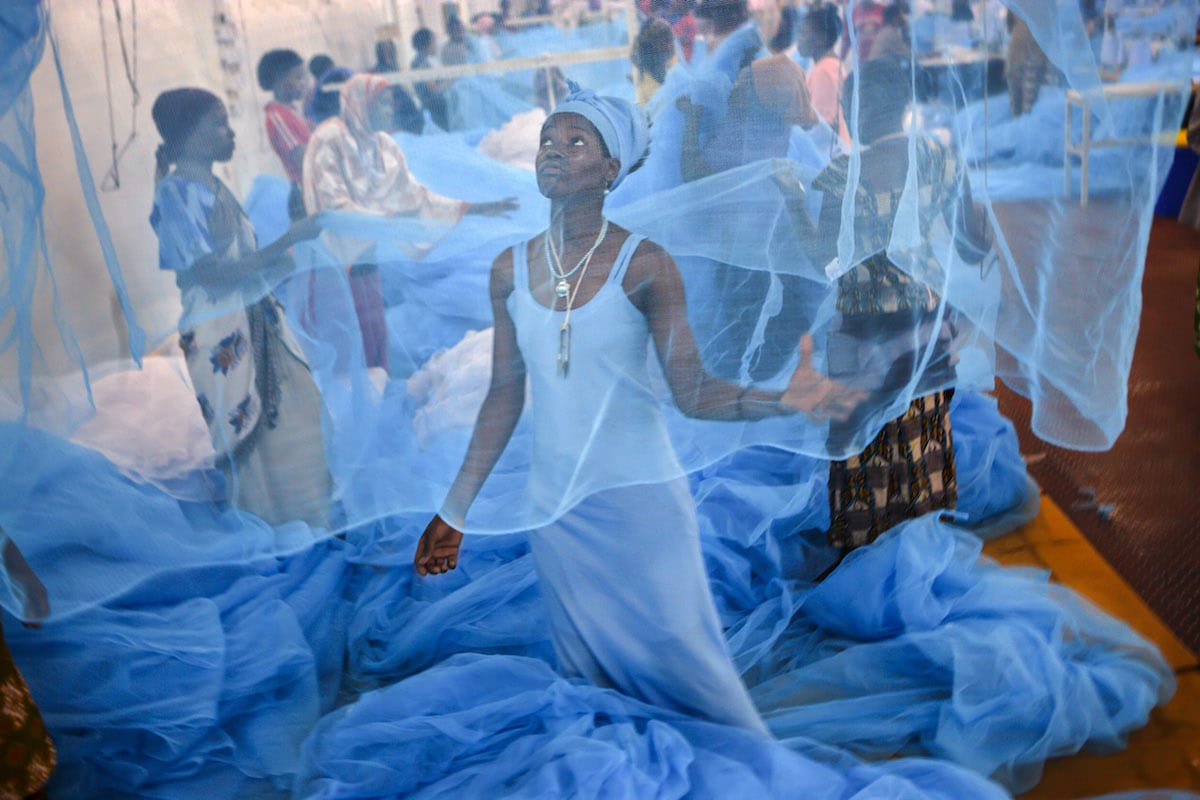The deadline for submissions to the Wellcome Photography Prize is 17 December 2018. With under a fortnight left to enter, British Journal of Photography is exploring the importance of health in society and the impact photography can have on science and communities worldwide.
Photographs offer an immediate and compelling means to communicate the stories behind contemporary health issues. They act to educate, inspire, intrigue and provoke. Beyond this, they can also help to shape public understanding and awareness which, if effective, can influence political change. With submissions to the Wellcome Photography Prize closing on 17 December 2018, we consider the different ways in which photography can shed light on subjects that might otherwise remain unseen.
Photography and science go hand in hand. The medium has contributed to improvements in scientific research and development since its inception in 1839. It has also shed light on the social implications of health issues around the world. From depicting the global impacts of malaria to showing cells that are usually invisible to the naked eye, the camera has always been and will continue to be, a tool for seeing science.
A not so unlikely pairing: Photography and science
The relationship between science and photography goes back to the origins of the medium. In the 1830s, on the advent of its discovery, photography was regarded as a science. Early photographic pioneers William Henry Fox Talbot and Eadweard Muybridge welcomed the camera for its ability to capture things invisible to the naked eye. Some of the earliest applications of photography were in science and archaeology. In contrast to drawing, the medium was adept at documenting and archiving complex specimens including oak trees and bones. Talbot, an amateur scientist, pushed for his newfound photography practice to be used by the British Museum for the study of objects in the museum and the excavation field.
Despite this, photography’s use by scientists only became widespread in the 19th century. New imaging techniques resulted in an array of developments in the discipline: from the inner workings of the human body to aerial images of outer space, and microscopic micrographs such as Eric Betzig et al.’s, image of a zebrafish eye.
Today, we tend to differentiate between the unconstrained creativity of the art world and the rigid, empirical structures of science. Photography has evolved from being considered as solely a scientific tool to an art form in its own right. Its ability to communicate scientific issues has remained a constant though: photographs created today continue to teach us about the scientific world.

Making the invisible visible
Photography’s power to incite social change by making health issues visible should not be underestimated. Breaking the Chains, a documentary photography and film project by Erminia Colucci aims to stimulate activism around the world against the practice of Pasung – the use of shackles and chains to restrain people with mental illness.
Pasung is widespread in Indonesia and many other low-middle income countries. By highlighting on a personal and humane level the realities of being chained as a mentally ill person, the work appeals to the conscience of viewers. Colucci’s photographs have contributed to shifting societal and political attitudes toward mental health.: in 2014 the Indonesian government was the first to establish a national program aimed at eradicating this practice. Her image illustrates how a photograph is able to bring mental health, an under-represented health issue, into the spotlight.

Health through an alternative lens
Jeremy Farrar, Wellcome director stresses how the Wellcome Photography Prize encourages submissions that offer: “interpretations of health to the widest possible community.” The mainstream media has a tendency to cover health through a catastrophic lens – as in, for example, the AIDS crisis in the 1980s, or the recent Ebola crisis – to shock, stun and make front page news. Given the limitations of this one-sided approach, it is important to tackle such health concerns from alternative perspectives.
American photojournalist John Stanmeyer’s work in Tanzania does just this. Rather than focusing on the devastating effects of malaria, Stanmeyer’s work centres on the inspirational effort to eradicate the deathly disease.
In his photograph, entitled A to Z Textiles, translucent blue nets hang from the ceiling. Behind a sheet, a woman named Flotoya, with arms outstretched, inspects the netting for any holes before it is packaged. The photograph, taken by Stanmeyer, inside a netting factory in Arusha, is part of a series exploring the global impact of malaria. Each year this factory makes nearly four million long-lasting insecticidal nets. Stanmeyer hopes that the series will reveal the “goodness” of those helping to save lives and highlight the innate beauty of this task.

Enter the Wellcome Photography Prize today! The deadline for submissions is 17 December 2018. Individuals can submit images that sit at the intersection of art and science, addressing health-related issues from new and compelling perspectives.
This content is supported by Wellcome. Please click here for more information on sponsored content funding at British Journal of Photography.
